

Articles
How Much Does A New Washer And Dryer Cost?
Modified: January 19, 2024
Looking to purchase a new washer and dryer? Find out the average cost of a washer and dryer, along with tips for finding the best deals in this informative article.
(Many of the links in this article redirect to a specific reviewed product. Your purchase of these products through affiliate links helps to generate commission for Storables.com, at no extra cost. Learn more)
Introduction
When it comes time to purchase a new washer and dryer, many homeowners find themselves wondering how much they should expect to spend. The cost of a washer and dryer can vary significantly depending on multiple factors, including the type of washer and dryer, brand, features, and additional costs. Understanding these factors can help you make an informed decision and budget accordingly.
Before diving into the specific costs, it’s important to consider your needs and preferences. Are you looking for a basic, no-frills washer and dryer, or do you want the latest technology and features? Are you working with limited space and considering a stackable unit? Answering these questions will help you narrow down your options and find the right washer and dryer for your home.
Next, let’s explore the factors that can affect the cost of a new washer and dryer.
Key Takeaways:
- Consider energy efficiency and long-term costs when purchasing a washer and dryer to maximize savings on utility bills and maintenance expenses.
- Research, compare prices, and explore off-season sales to find quality washers and dryers at affordable prices, without compromising on performance.
Read more: How Much Does A New Dryer Cost
Factors Affecting Washer and Dryer Costs
Several factors can influence the cost of a new washer and dryer. Understanding these factors will give you a better idea of what to expect and how to budget for your purchase.
- Type of Washer and Dryer: The type of washer and dryer you choose will have a significant impact on the overall cost. The most common types include top-loading washers, front-loading washers, stackable washers and dryers, electric dryers, and gas dryers. Each type has its own features, advantages, and price range.
- Brand: The brand of the washer and dryer can also affect the cost. Well-known and reputable brands often come with a higher price tag due to their reliability and quality. However, there are also budget-friendly options available that offer good performance.
- Capacity: The size or capacity of the washer and dryer can impact the price. Larger capacity units can handle more laundry, but they may cost more upfront. Consider your laundry needs and the size of your household when deciding on the capacity.
- Features: Additional features such as steam cleaning, quick wash cycles, energy efficiency, and smart technology can significantly impact the cost. While these features can enhance convenience and efficiency, they may also come with a higher price tag.
- Energy Efficiency: Energy-efficient washers and dryers can help you save on utility bills in the long run. While they may cost more upfront, the energy savings can offset the initial investment over time.
- Warranty and Service: The warranty and service options provided by the manufacturer or retailer can impact the overall cost. Some models may come with an extended warranty or additional service packages that can add to the price.
Considering these factors will help you determine a budget and narrow down your options. In the following sections, we will explore the average costs for different types of washers and dryers to further assist you in your decision-making process.
Types of Washers
When it comes to washers, there are several different types to choose from. Each type offers its own advantages and price range. Let’s take a closer look at some of the most common types of washers available:
- Top-Loading Washers: Top-loading washers are the traditional and most common type of washer. These washers have a door on the top where you can load your laundry. They are generally more affordable compared to other types and come in a wide range of sizes and prices.
- Front-Loading Washers: Front-loading washers offer a modern and sleek design. They are known for their efficiency, as they use less water and electricity compared to top-loading washers. Front-loading washers are generally more expensive upfront, but they can save you money on energy costs in the long run.
- Stackable Washers and Dryers: Stackable washers and dryers are popular for those with limited space. These units are designed to be stacked on top of each other, with the washer at the bottom and the dryer on top. Stackable units are available in both top-loading and front-loading options and offer convenience and space-saving benefits.
Each type of washer has its own set of features and price range, so it’s important to consider your needs, budget, and available space when choosing the right washer for your home. In the next section, we will explore the average costs for different types of washers to give you a better understanding of what to expect.
Types of Dryers
Just like washers, there are different types of dryers available in the market. The type of dryer you choose will depend on your specific needs and budget. Here are some of the most common types of dryers:
- Electric Dryers: Electric dryers are the most common type and are usually less expensive upfront compared to gas dryers. They use electricity to generate heat and dry your clothes. Electric dryers are easy to install and require a standard electrical outlet.
- Gas Dryers: Gas dryers, on the other hand, use natural gas or propane to generate heat. While gas dryers can cost a bit more upfront, they are generally more energy-efficient and can save you money on utility bills in the long run. However, keep in mind that gas dryers may require a dedicated gas line and professional installation.
- Condenser Dryers: Condenser dryers are a popular choice for those who don’t have access to venting or live in apartments. These dryers collect the moisture from the clothes into a condenser unit, which is then emptied manually or drained through a hose. While condenser dryers offer convenience, they typically have a higher upfront cost.
- Heat Pump Dryers: Heat pump dryers are known for their energy efficiency. They use a heat pump to dry clothes by recycling the warm air and moisture. Heat pump dryers can be more expensive upfront but can save you a significant amount of money on energy bills over time.
When choosing a dryer, consider factors such as available utility connections, energy efficiency, and budget. Understanding the types of dryers available will help you make an informed decision. In the next sections, we will explore the average costs for different types of washers and dryers and additional costs to consider when budgeting for your purchase.
Average Costs for Top-Loading Washers
Top-loading washers are a popular choice due to their affordability and wide range of options available. The average cost of a top-loading washer can vary depending on factors such as brand, capacity, and features. Here is a general overview of the average costs:
- Basic models: Basic top-loading washers without many additional features can range from $300 to $500.
- Mid-range models: Mid-range top-loading washers with more advanced features such as multiple wash cycles, larger capacity, and energy efficiency can cost between $500 and $800.
- High-end models: High-end top-loading washers with advanced features such as Wi-Fi connectivity and smart technology can start from $800 and go up to $1500 or more.
Keep in mind that these are just average price ranges and can vary depending on your location and the specific model you choose. It is also worth considering the long-term costs of energy consumption and maintenance when making your decision.
Next, we will explore the average costs for front-loading washers and stackable washers and dryers to provide a comprehensive understanding of the different options available.
Average Costs for Front-Loading Washers
Front-loading washers have gained popularity in recent years due to their energy efficiency and advanced features. While they tend to be more expensive upfront compared to top-loading washers, they offer several benefits. Here is a breakdown of the average costs for front-loading washers:
- Basic models: Basic front-loading washers with standard features and smaller capacity can range from $600 to $900.
- Mid-range models: Mid-range front-loading washers with larger capacity, additional wash cycles, and energy-efficient options can cost between $900 and $1500.
- High-end models: High-end front-loading washers with advanced features like steam cleaning, Wi-Fi connectivity, and smart technology can range from $1500 and go up to $3000 or more.
It’s important to note that the prices mentioned above are average estimates and can vary based on the brand, size, and additional features of the washer. Additionally, keep in mind that front-loading washers often require more maintenance, such as regular cleaning of the door seal and detergent drawer, which can add to the overall cost.
In the next section, we will discuss the average costs of stackable washers and dryers, which are a space-saving option for those with limited laundry room space.
Consider the capacity, energy efficiency, and additional features when budgeting for a new washer and dryer. Prices can range from $400 to $2000+ depending on the brand and model. Research and compare options to find the best value for your needs.
Average Costs for Stackable Washers and Dryers
Stackable washers and dryers are a popular choice for those with limited space, such as apartments or small laundry rooms. These units are designed to be stacked on top of each other, with the washer at the bottom and the dryer on top. The average costs for stackable washers and dryers can vary based on the type and features. Here is a general overview of the average costs:
- Basic models: Basic stackable washer and dryer sets without many additional features can range from $800 to $1200.
- Mid-range models: Mid-range stackable washer and dryer sets with larger capacity, multiple wash and dry cycles, and energy-efficient options can cost between $1200 and $2000.
- High-end models: High-end stackable washer and dryer sets with advanced features like steam cleaning, smart technology, and larger load capacities can start from $2000 and go up to $4000 or more.
These price ranges are estimates and can vary based on the brand, specific models, and additional features you choose. It’s also important to consider the installation costs, which may include professional assistance in stacking the units safely.
Next, let’s explore the average costs for electric dryers and gas dryers, which are important considerations when purchasing a dryer to accompany your washer.
Average Costs for Electric Dryers
Electric dryers are the most common type of dryers and are widely available. The average cost of an electric dryer can vary depending on factors such as brand, capacity, and features. Here is a general overview of the average costs:
- Basic models: Basic electric dryers without many additional features can range from $300 to $600.
- Mid-range models: Mid-range electric dryers with more advanced features such as multiple drying cycles, larger capacity, and energy efficiency can cost between $600 and $900.
- High-end models: High-end electric dryers with advanced features like steam drying, moisture sensors, and smart technology can start from $900 and go up to $2000 or more.
These are just average price ranges and can vary depending on the specific brand, model, and additional features. Keep in mind that electric dryers require a dedicated electrical outlet and may require professional installation if you don’t already have the necessary wiring in place. Additionally, consider the long-term energy costs of using an electric dryer when making your purchasing decision.
Next, we will discuss the average costs for gas dryers, which use natural gas or propane as a fuel source.
Average Costs for Gas Dryers
Gas dryers are an alternative to electric dryers and are known for their energy efficiency and cost savings in the long run. The average cost of a gas dryer can vary depending on factors such as brand, capacity, and features. Here is a general overview of the average costs:
- Basic models: Basic gas dryers without many additional features can range from $400 to $700.
- Mid-range models: Mid-range gas dryers with more advanced features such as multiple drying cycles, larger capacity, and energy efficiency can cost between $700 and $1000.
- High-end models: High-end gas dryers with advanced features like steam drying, moisture sensors, and smart technology can start from $1000 and go up to $2500 or more.
These price ranges are estimates and can fluctuate based on the brand, model, and additional features you choose. Gas dryers require a dedicated gas line and professional installation, if one is not already present. It’s important to consider the long-term energy savings and the availability of natural gas or propane in your area when deciding on a gas dryer.
Now that we have covered the average costs of different types of washers and dryers, it’s important to consider the additional costs that you should factor into your budget. Let’s explore those in the next section.
Read more: How Much Does A New AC Cost
Additional Costs to Consider
When budgeting for a new washer and dryer, it’s important to consider the additional costs that can be involved in the purchase process. These additional costs may vary depending on your specific situation and needs. Here are some important factors to consider:
- Delivery and Installation: If you are purchasing your washer and dryer from a retailer or online, there may be a delivery fee. Additionally, some retailers may offer installation services for an additional cost.
- Accessories and Parts: You may need to purchase additional accessories or parts for your washer and dryer, such as venting kits for dryers or laundry pedestals for added height and storage space.
- Maintenance and Repairs: Over time, your washer and dryer may require maintenance or repairs. It’s important to consider the cost of routine maintenance, such as cleaning and replacing filters, as well as the potential costs of repairs in the future.
- Extended Warranty: Some manufacturers or retailers offer extended warranties for an additional cost. These warranties can provide added protection and coverage beyond the standard warranty included with your purchase.
- Energy Consumption: It’s essential to consider the energy consumption of your washer and dryer. While energy-efficient models may have a higher upfront cost, they can save you money on electricity or gas bills over time.
Remember to factor in these additional costs when setting your budget for a new washer and dryer. It’s a good practice to research and compare prices for different brands and models, taking into account both the upfront costs and potential long-term savings.
Finally, let’s explore some tips for saving money on your washer and dryer purchases.
Tips for Saving Money on Washer and Dryer Purchases
Investing in a new washer and dryer is a significant expense, but there are ways to save money without compromising on quality. Here are some tips to help you make a smart and affordable purchase:
- Research and Compare Prices: Take the time to research different brands, models, and retailers to compare prices. Look for sales, discounts, and promotions that can help you save money on your purchase.
- Consider Energy Efficiency: While energy-efficient models may have a higher upfront cost, they can save you money on utility bills in the long run. Look for washers and dryers with high energy efficiency ratings to maximize your savings over time.
- Shop during Off-Seasons or Holidays: Retailers often offer discounts and special deals during off-seasons or holidays. Keep an eye out for these sales events to take advantage of lower prices.
- Consider Last Year’s Models: Retailers often discount last year’s models to make room for new inventory. These models may have similar features and performance but at a lower cost.
- Explore Refurbished or Open-Box Options: Refurbished or open-box washers and dryers are often significantly discounted but still in good working condition. Check with retailers or online marketplaces for these options to save money.
- Read Customer Reviews: Before making a purchase, read customer reviews to get an idea of the performance and reliability of the washer and dryer you are considering. This can help you make an informed decision and avoid costly repairs or replacements in the future.
- Consider Long-Term Costs: When comparing prices, consider the long-term costs associated with the washer and dryer, including energy consumption, maintenance, and potential repairs. A slightly higher upfront cost for a more reliable and efficient model may save you money in the long run.
- Negotiate or Bundle: Don’t be afraid to negotiate the price with the retailer, especially if you are purchasing both a washer and dryer together. You may be able to secure a better deal by bundling your purchase.
By implementing these tips, you can make a more cost-effective purchase without sacrificing the quality and performance of your washer and dryer. Remember to consider your specific needs and budget when making the final decision.
Now that you have a better understanding of the cost factors, different types of washers and dryers, and ways to save money, you can make an informed decision that suits your needs and budget. Happy shopping!
Conclusion
Purchasing a new washer and dryer is an important decision that requires careful consideration of various factors, including cost, type, features, and additional expenses. By understanding the average costs for different types of washers and dryers, you can better budget for your purchase.
Top-loading washers are a popular and affordable option, while front-loading washers offer energy efficiency and advanced features. Stackable units are ideal for those with limited space, and electric dryers are commonly used due to their convenience. Gas dryers provide energy savings in the long run.
It’s important to consider the additional costs, such as delivery, installation, accessories, maintenance, and warranties when planning your budget. Researching and comparing prices, looking for sales and promotions, and considering energy efficiency can help you save money on your washer and dryer purchase.
Remember to read customer reviews and consider the long-term costs associated with your chosen model. Negotiating the price and bundling your purchase may also help you secure a better deal.
By implementing these strategies and being mindful of your needs and budget, you can find a washer and dryer that fit your requirements while also saving money. Whether you opt for a top-loading washer, front-loading washer, stackable unit, electric dryer, or gas dryer, choosing the right appliances for your home can make laundry tasks more efficient and convenient.
Now that you have a comprehensive understanding of the factors affecting washer and dryer costs, types of washers and dryers, tips for saving money, and additional considerations, you can confidently make a well-informed decision that meets your needs and budget. Happy shopping!
Frequently Asked Questions about How Much Does A New Washer And Dryer Cost?
Was this page helpful?
At Storables.com, we guarantee accurate and reliable information. Our content, validated by Expert Board Contributors, is crafted following stringent Editorial Policies. We're committed to providing you with well-researched, expert-backed insights for all your informational needs.
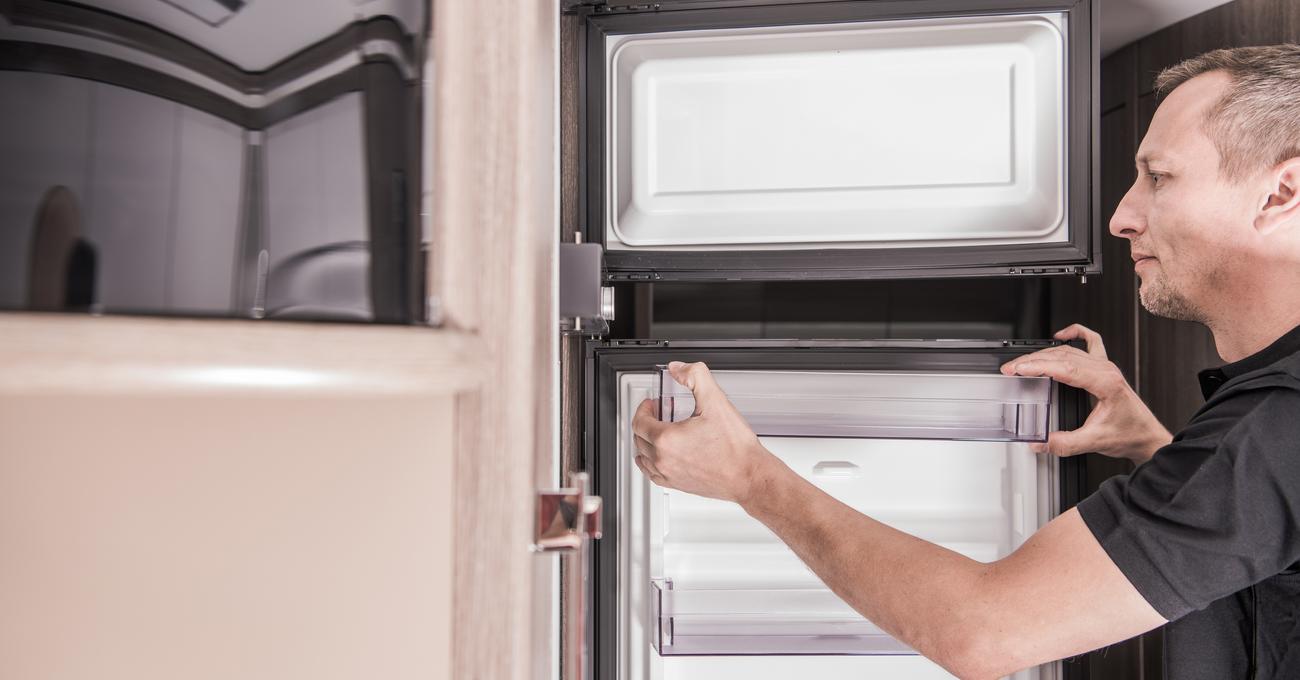
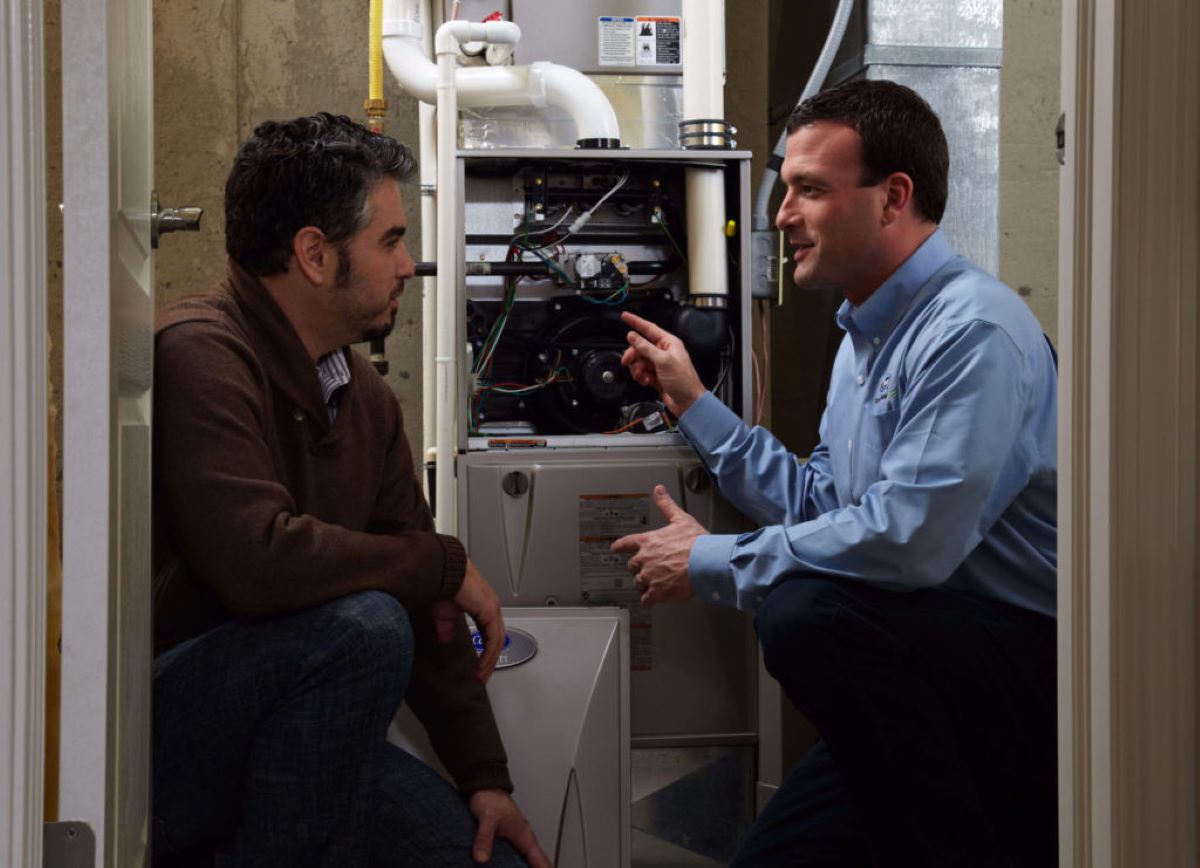
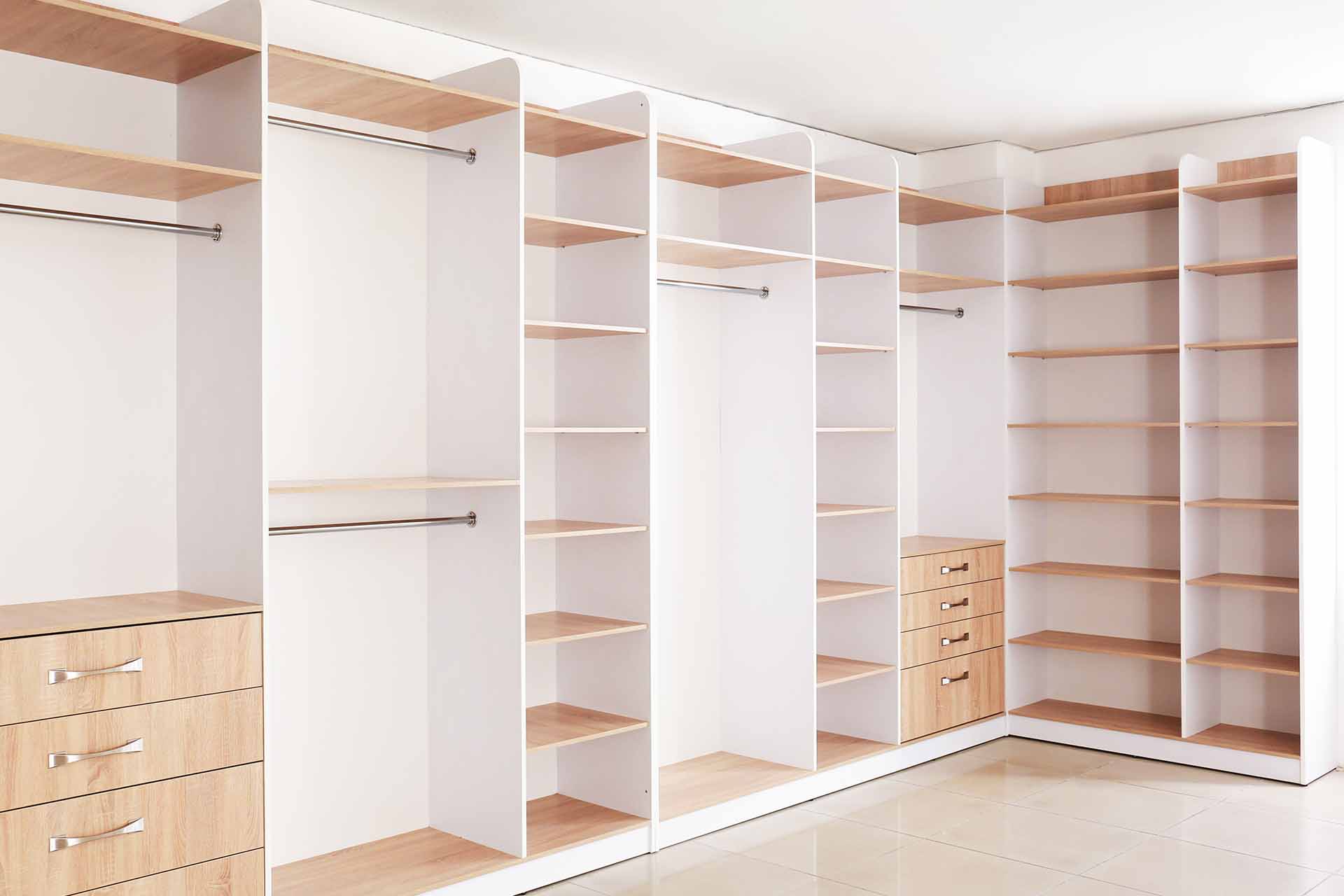

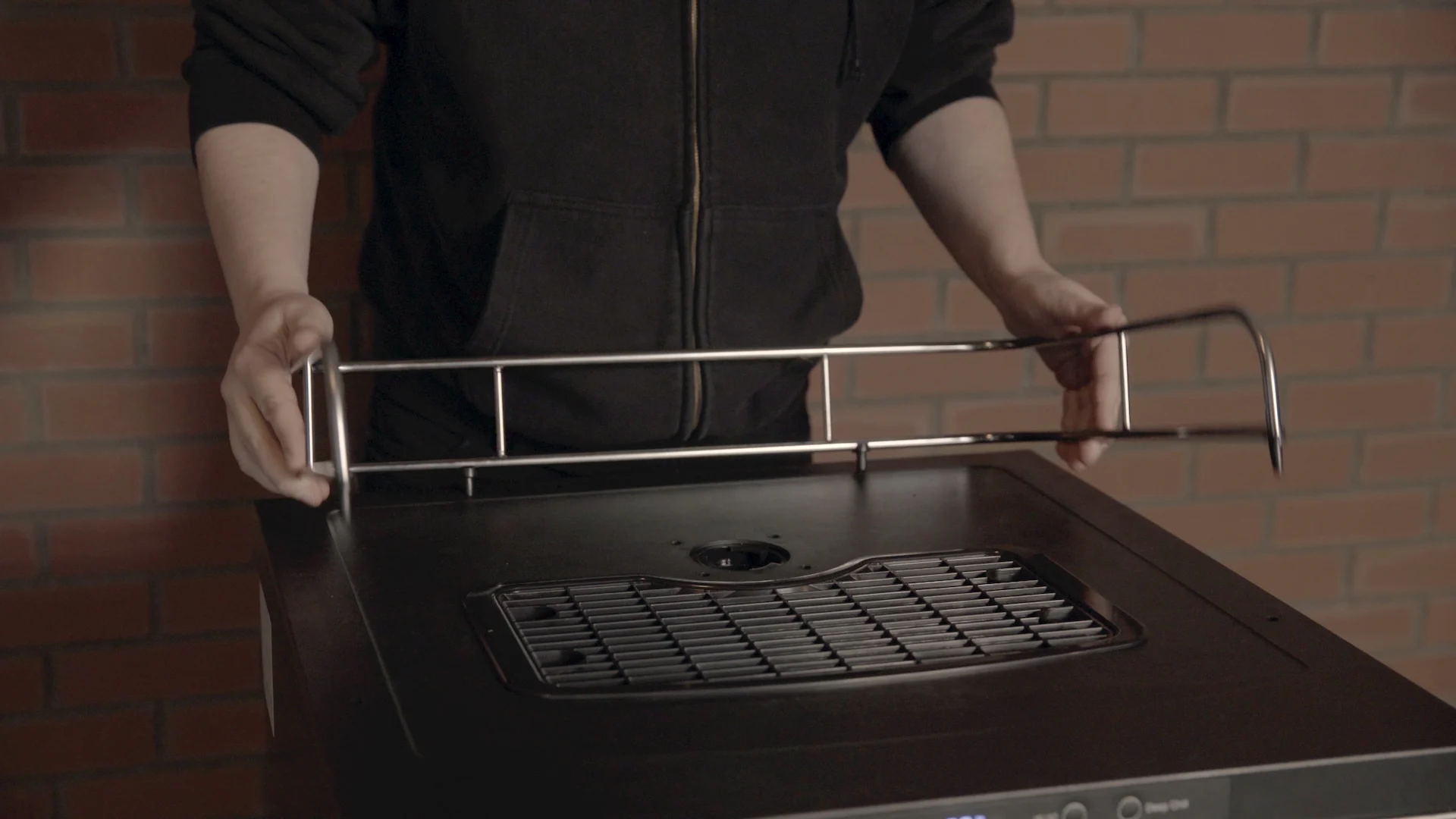
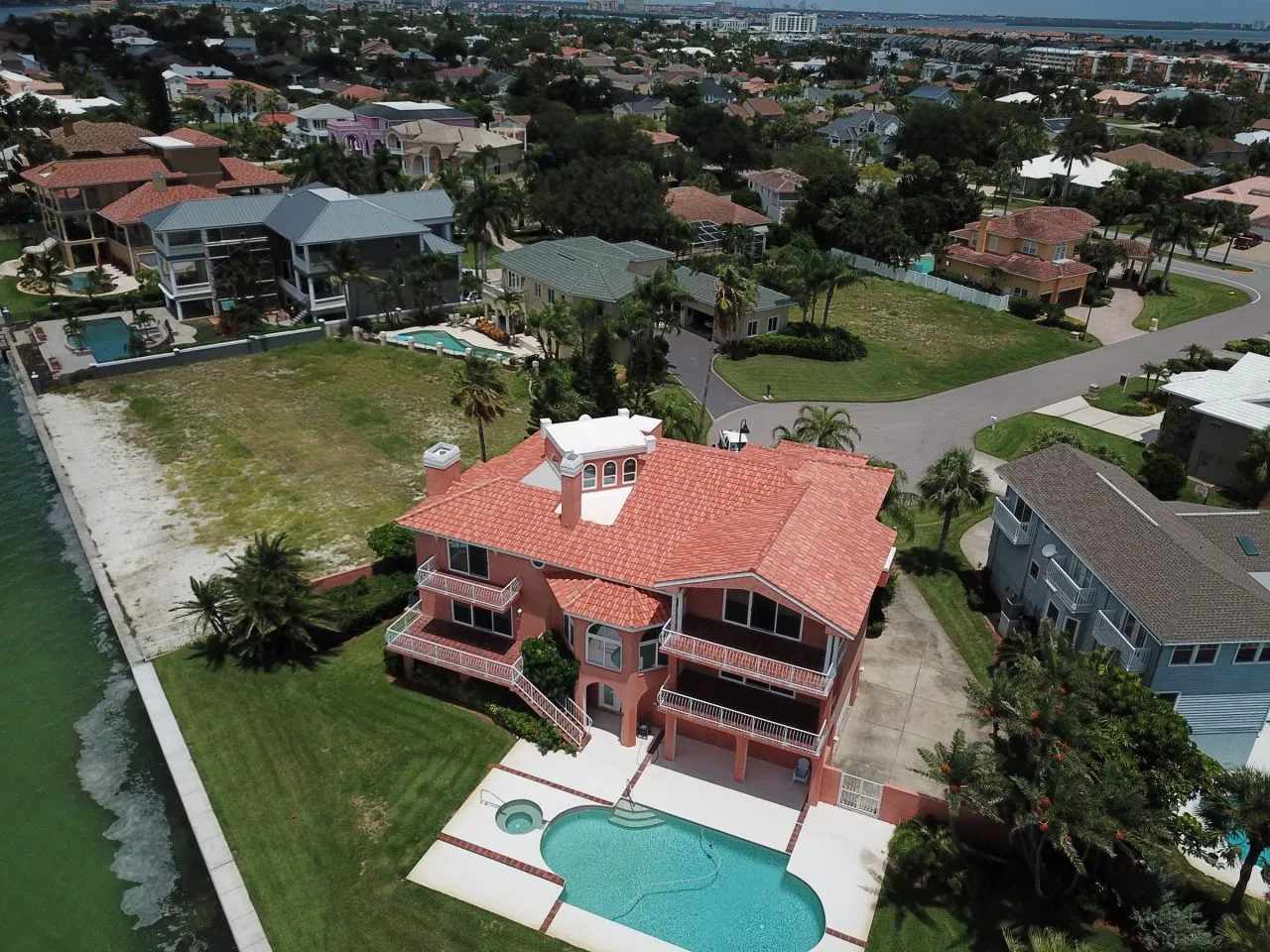
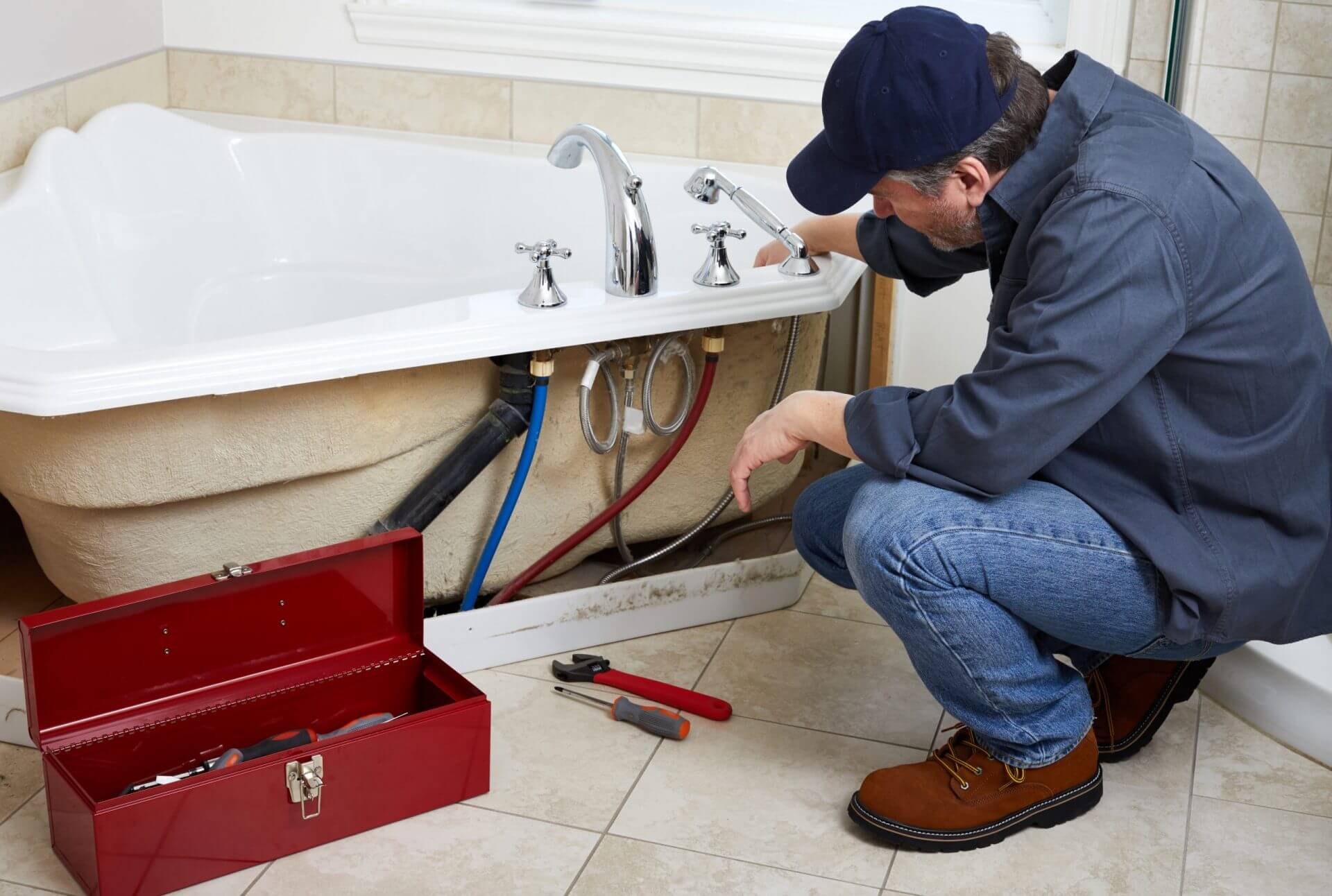
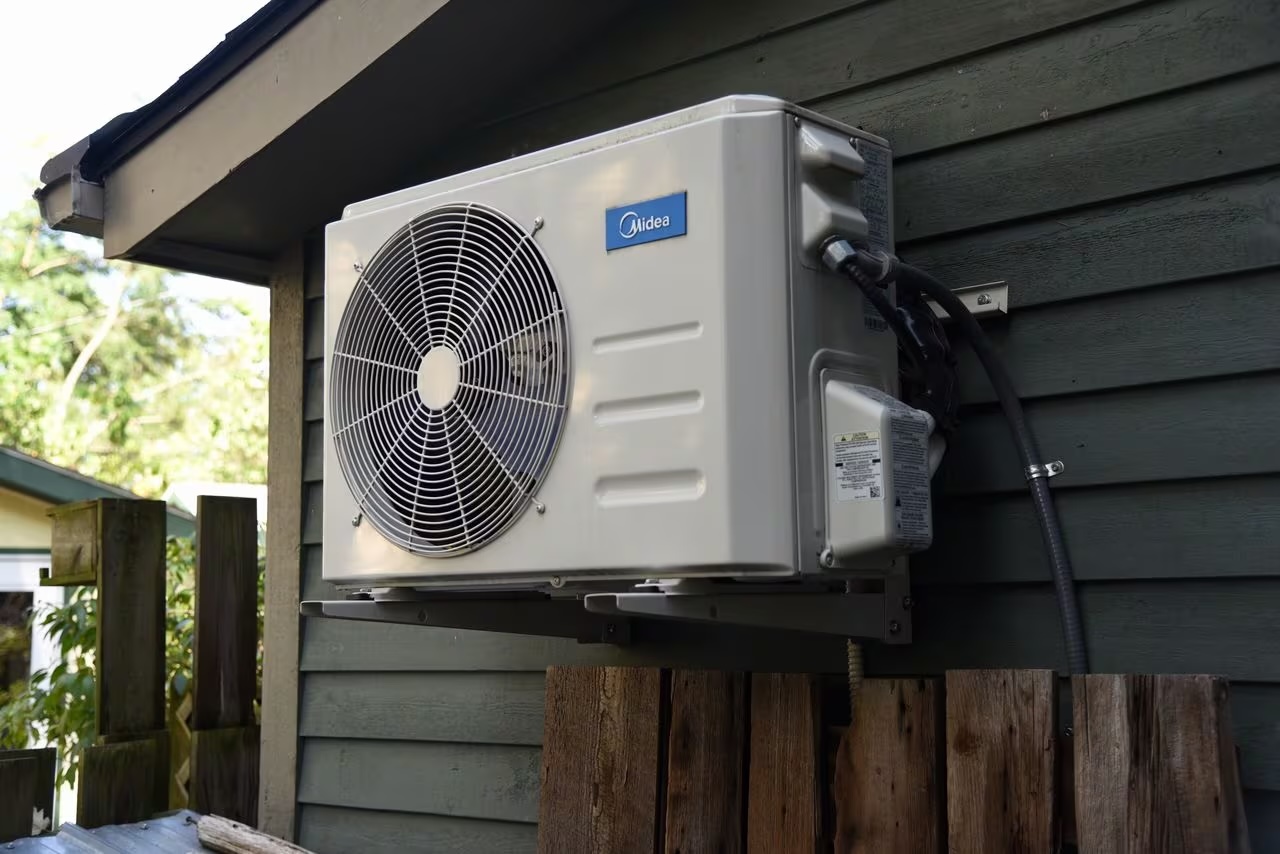

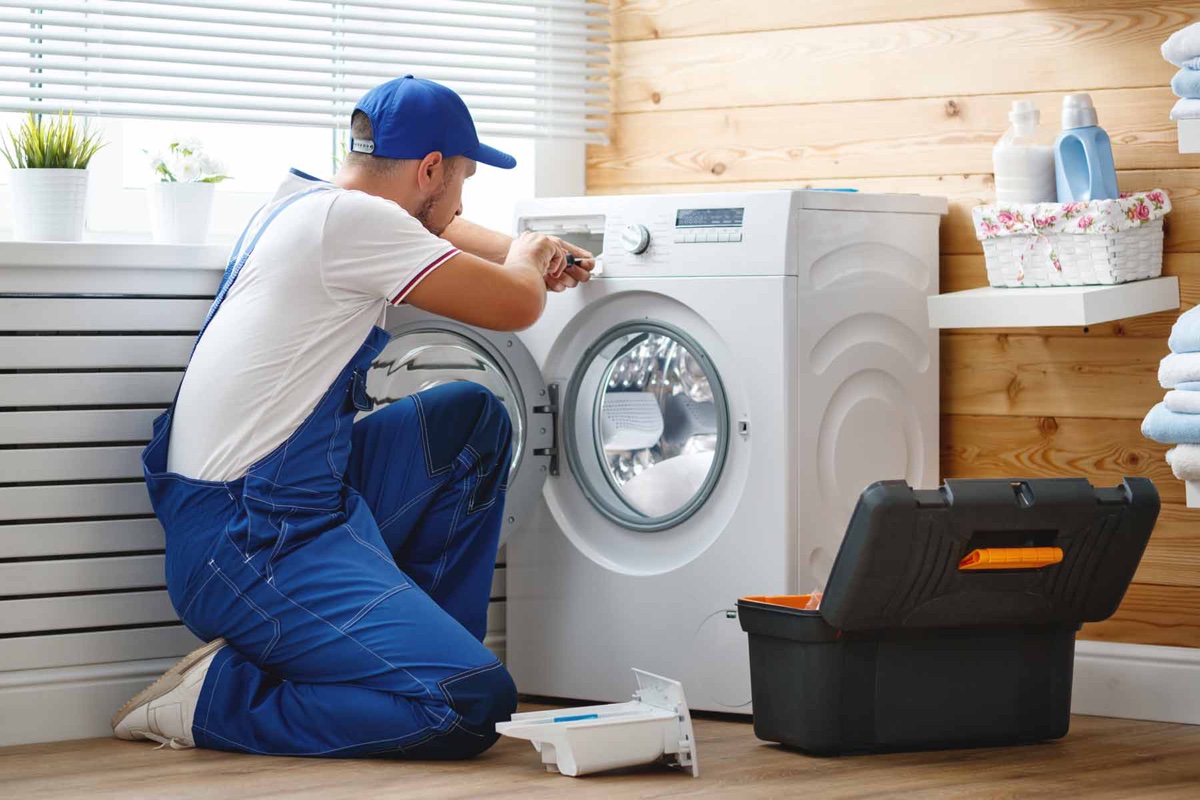
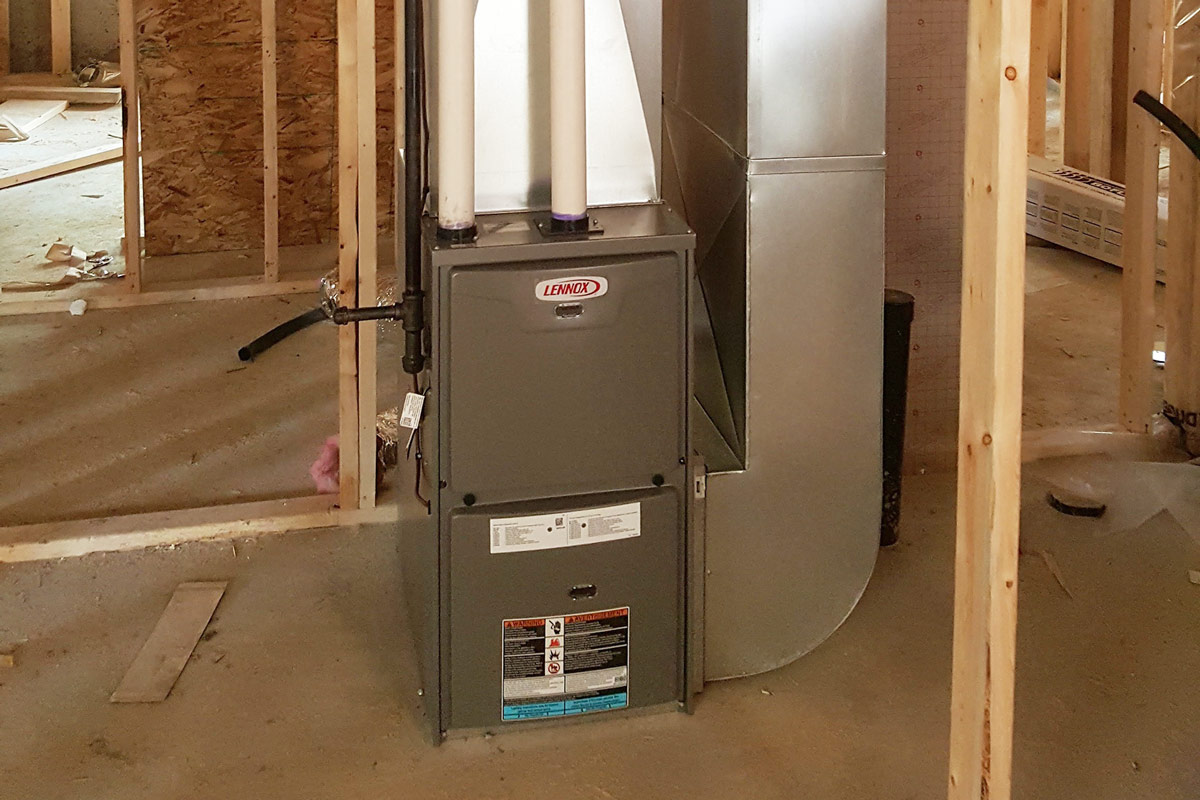

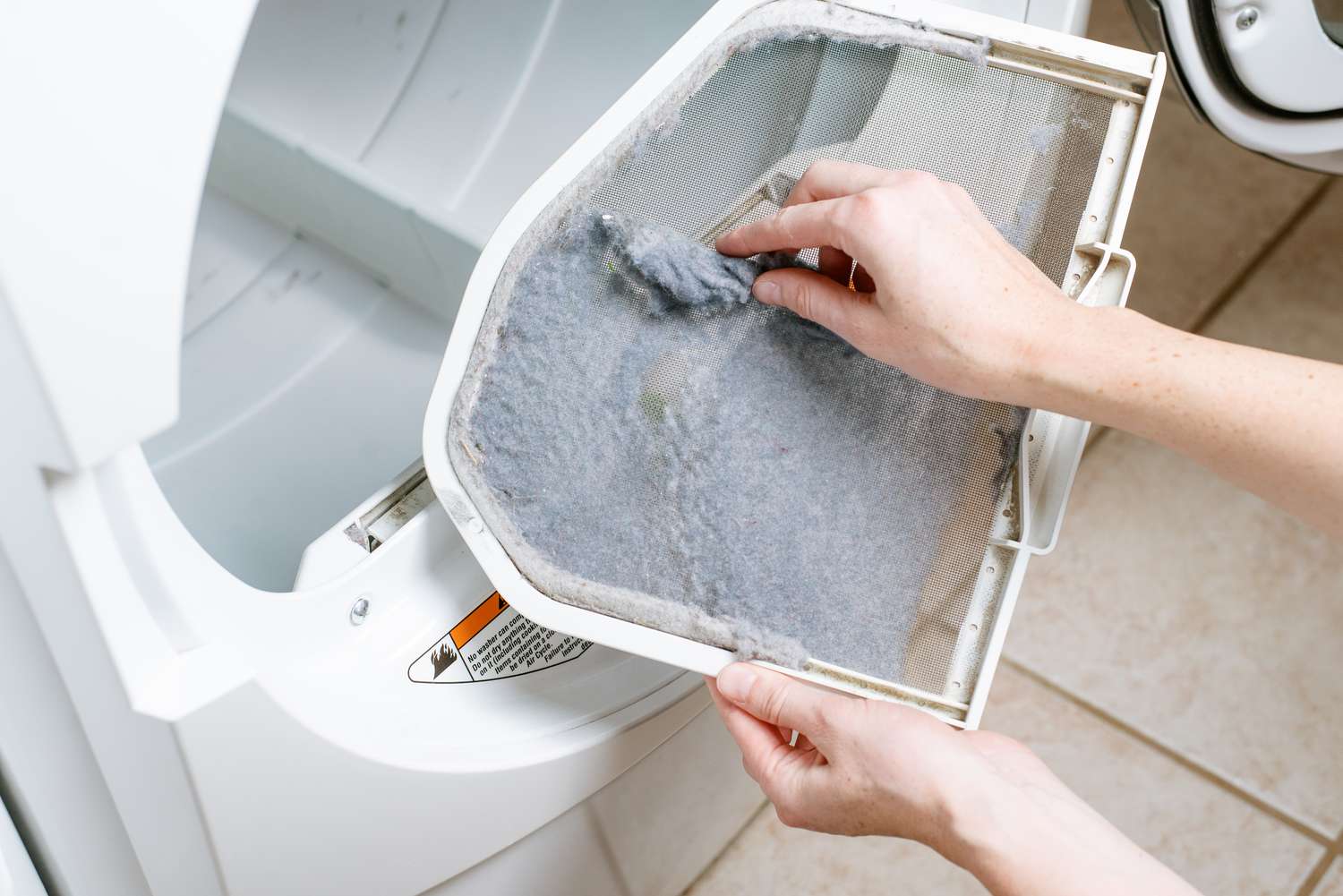

0 thoughts on “How Much Does A New Washer And Dryer Cost?”